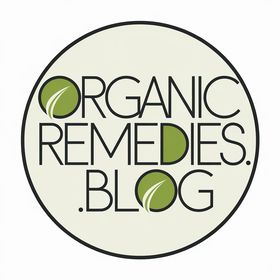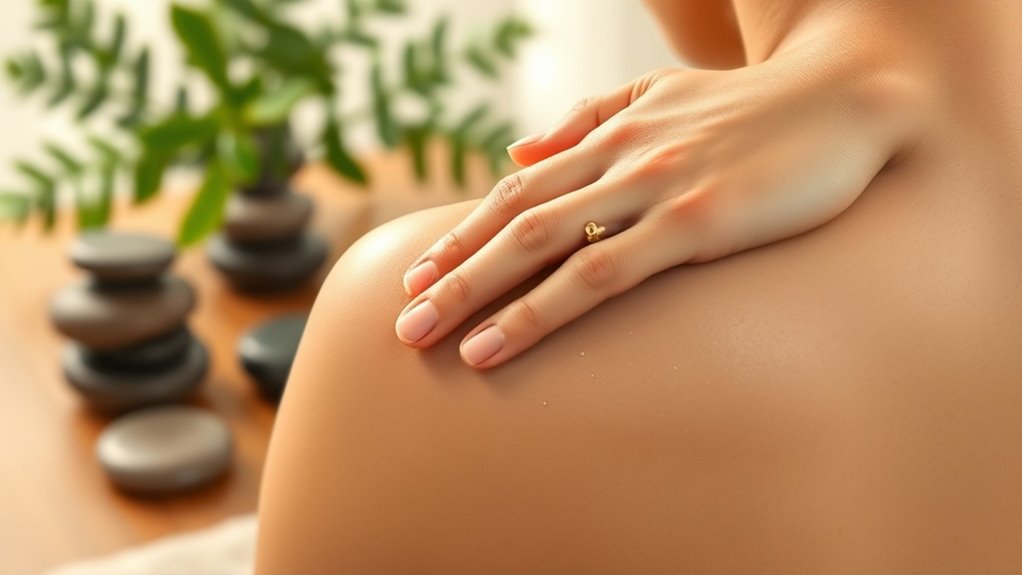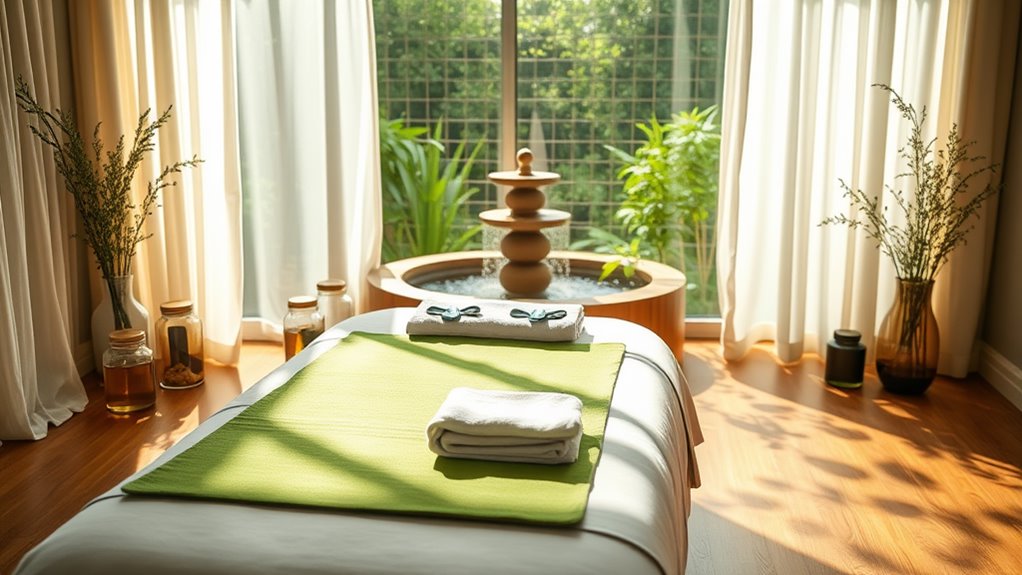Drain Lymphatic Congestion – Simple Massage Technique That Works
To drain lymphatic congestion effectively, practice gentle massage techniques that target key areas. Use rhythmic strokes towards the heart; start with circular motions on the neck, sweeping motions in the axillary region, and clockwise movements on the abdomen. Hydrate before and after your session to enhance lymphatic flow. Consistency is key to reaping benefits. If symptoms persist or discomfort arises, it’s important to consult a professional for tailored treatment options. Discover additional strategies for optimizing your lymphatic health.
Understanding the Lymphatic System
The lymphatic system plays a crucial role in maintaining your body’s fluid balance and immune function. It consists of lymph vessels, nodes, and organs that facilitate fluid movement and filter pathogens.
Employing specific lymphatic massage techniques can enhance circulation within this system, promoting detoxification and overall health. Additionally, gentle lymphatic drainage techniques can aid in healing and recovery, further optimizing your wellness through targeted interventions.
Symptoms of Lymphatic Congestion
Recognizing the symptoms of lymphatic congestion is crucial for addressing the underlying issues impacting your health.
Common physical symptoms can include swelling, fatigue, and a feeling of heaviness in your limbs, while emotional indicators may manifest as increased anxiety or mood swings.
Common Physical Symptoms
When your lymphatic system isn’t functioning properly, you may experience a range of physical symptoms indicative of lymphatic congestion.
Common issues include persistent fatigue, swelling in extremities, inflammation, and recurrent infections.
You might also notice unexplained muscle pain and stiffness.
Additionally, skin conditions like acne or eczema may flare up, revealing underlying lymphatic dysfunction in the body’s waste removal and immune response mechanisms.
Emotional Indicators
Emotions often mirror the physical state of the body, and lymphatic congestion can significantly impact mental well-being.
You might experience heightened anxiety, mood swings, or a sense of irritability when your lymphatic system is impaired.
Additionally, feelings of lethargy or emotional numbness may arise, signaling the need for intervention.
Recognizing these emotional indicators can help you address underlying lymphatic issues effectively.
Benefits of Lymphatic Drainage Massage
Lymphatic drainage massage offers numerous benefits, primarily by enhancing the body’s natural detoxification process.
This technique promotes lymphatic circulation, reducing swelling and inflammation. It can enhance immune function, alleviate stress, and improve skin appearance, creating a sense of overall well-being.
Additionally, it aids in the recovery of post-surgical patients, supporting healing by minimizing fluid retention and enhancing tissue regeneration.
Preparing for Your Massage
To ensure you get the most benefit from your massage, preparation is key. Start by hydrating adequately, as sufficient water intake facilitates lymphatic flow.
Choose a quiet space free of distractions to establish a calming environment.
Additionally, consider wearing comfortable, loose-fitting clothing to enhance your comfort during the session. Furthermore, incorporating practices like dry brushing can enhance lymphatic stimulation before your massage.
Taking these preliminary steps optimizes the effectiveness of your lymphatic drainage massage.
Step-by-Step Massage Technique
As you begin the massage, it’s essential to apply techniques that promote effective lymphatic drainage. Use gentle, rhythmical strokes towards the heart, focusing on key lymph nodes. The following table illustrates the main massage areas and corresponding techniques:
| Area | Technique |
|---|---|
| Neck | Gentle circular motions |
| Axillary region | Soft, sweeping strokes |
| Abdomen | Clockwise movements |
| Inner thighs | Light gliding towards the groin |
| Ankles and feet | Upward strokes toward lower leg |
Tips for Enhancing Massage Effectiveness
Start by ensuring proper hydration before and after the session, as fluids support lymphatic drainage.
Choose a calm environment to enhance relaxation and focus.
Incorporate deep breathing to facilitate circulation.
Lastly, maintain consistency by scheduling regular sessions to optimize overall effectiveness, ensuring your lymphatic system remains engaged and responsive to the massage techniques applied.
Additionally, consider integrating herbal teas like chamomile tea into your routine to further aid in promoting relaxation and reducing anxiety.
When to Seek Professional Help
Recognizing when to seek professional help is vital for effectively managing lymphatic congestion.
If symptoms persist despite self-care measures, or you experience severe swelling, pain, or discoloration, it’s crucial to consult a healthcare provider.
Additionally, if you have underlying health conditions like lymphedema or cardiovascular issues, professional evaluation ensures tailored treatment and enhances your overall lymphatic function.
Don’t hesitate to seek assistance when needed.





